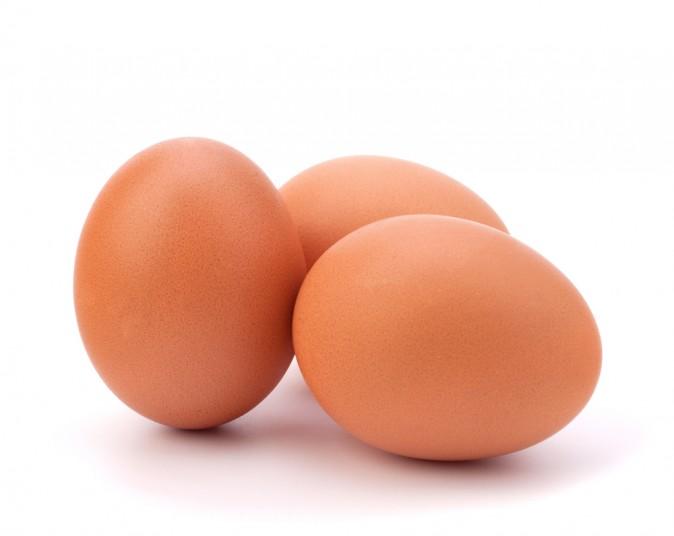When I graduated from college over half a lifetime ago, and unorthodoxly in the middle of winter, my friends threw a party for me.
Generously, they tried to identify my favorite food to serve at the gathering. They were all a bit flummoxed. Each of them knew that my favorite food was not typical party-fare.
My favorite food? Buttered toast.
I would sit for hours reading, studying, drawing up plans for new projects fueled by thick slices of German rye bread that I'd toast in the oven and then slather with butter. A sprinkling of salt and a cup of tea and I was set for hours on end.
Then life happened. First the dairy left the dietary picture. Gone was the butter. Then it was good-bye gluten (and the rye along with it).
My favorite food no longer favored me. Can you relate?
So when I found ghee (pronounced with a hard G and rhymes with glee), I was in heaven. Who knew that clarified butter was devoid of both lactose and casein, and was considered a healing agent in Ayurvedic (traditional Indian medicine) practices for centuries?
Let’s Get Clear
That’s exactly what ghee does. It’s butter that’s gotten clear—clear of all the milk proteins and solids. Ghee is traditionally made from either cow’s or buffalo’s milk.
The milk is heated, which causes it to separate into three parts. The milk fat solids (which contain the dairy proteins) sink to the bottom. The water rises to the top. What’s left in the middle is a clear golden, healing, and delicious oil.
Three Great Things About Ghee
1. It’s butter for those of us who can’t have it. Ghee is free of lactose and casein. I can’t say I use it all the time for myself, but when I’ve prepared a grain-free muffin or scone to satisfy one of my hankerings, it seals the deal.
I do use it more readily for my son. The fat-soluble vitamins it contains will help with bone growth and organ integrity.
As for taste, when I first found my way to ghee after not eating dairy for a good many years, I might just have uttered, “I can’t believe it’s not butter.” If you’re transitioning right from butter to ghee, you may more readily decipher the difference in taste.
2. Ghee is a higher-heat oil. This means it reaches its smoke point later than many commonly used cooking oils like olive oil. It oxidizes less readily, is less likely to cause free-radical damage, and is ultimately more healthful at these higher temperatures.
In France, as I understand it, they cook their eggs in clarified butter precisely because it won’t turn brown and overheat, retaining the integrity of the look and taste of the dish.
3. The Ayurvedic tradition uses ghee for its healing properties. Among them is ghee’s ability to ignite the digestive fires to help break down your food.
It’s said to do this in several key ways, from stimulating and balancing the secretion of necessary stomach acid that facilitates the breakdown of our foods, especially our proteins, to helping to deliver the nutrients within the food to the cells.
The Ayurvedic tradition would expand upon this list considerably. It’s the go-to substance for boosting immunity, healing wounds, improving mind power, softening the skin, and remedying what ails you.
If you’re dairy-free or lactose-free, ghee is for thee!
Where to Buy Ghee
In your local health food store, you might find the ghee on the shelf near the Indian foods and coconut milks. Sometimes it’s stored in the fridge. If you don’t find any, ask the manager to carry one of the brands below.
Here are a few brands in keeping with our concerns for quality. The first four are clearly grass-fed and organic. The last one is organic, but I was unable to find anything verifying the feed for the animals.
- Pure Indian Foods
- Green Pastures (the coconut ghee is also a great option)
- Purity Farms
- SurThrival
- Ancient Organics
It’s important to note that ghee is an end product. This means that its a concentration of the quality from which the original product, the milk, has come.
Antibiotics, hormones, and chemical pesticides will be concentrated in the ghee if they were in the butter and previously the milk. For this reason, be sure to look for ghee from organic and ideally pastured butter (or look for pastured butter if making your own).
Storing and Making Ghee
One of my favorite things about ghee is that it doesn’t need to be refrigerated.
This keeps it soft, spreadable, and easy to use and measure. In fact, when I was making my own ghee some years ago, I could use the cupboard storage to illuminate whether I had done a sufficient job of removing the milk proteins. If any mold appeared in the jar, I hadn’t been careful enough. It’s those milk proteins that are turning rancid.
If you want to make your own, Kimi Harris from TheNourishingGourmet.com has a great step-by-step recipe.
Consume your ghee with glee.
With a career born of a personal family health crisis, functional nutritionist Andrea Nakayama takes the idea of food as personalized medicine beyond a clinical practice. Her online programs at ReplenishPDX.com and HolisticNutritionLab.com guide her clients in taking ownership over their health. She may be contacted at [email protected]





